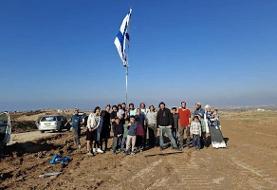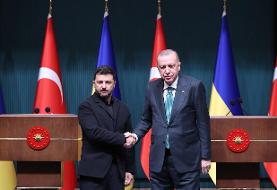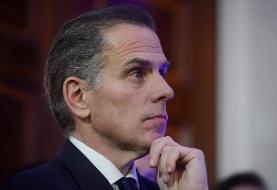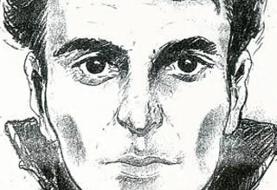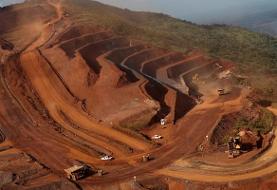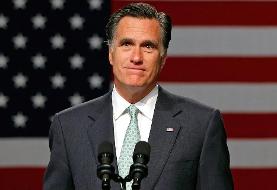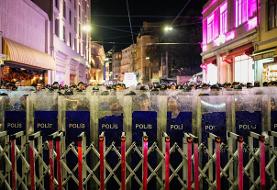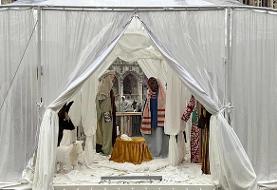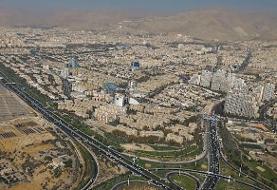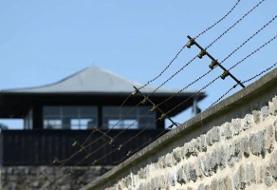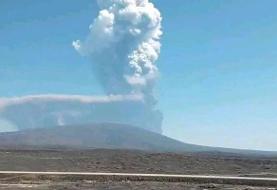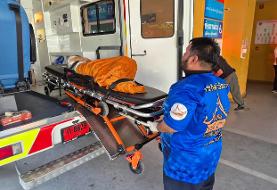1950s Video: Americans Enter Farms in Iranian Villages
Following World War II, The Near East Foundation sent Americans to remote Iranian villages to promote "mechanized" farming. These engineers helped villagers pump clean drinking water but also promoted vaccines and synthetic chemicals like DDT and pesticides, which were associated in later years with harming some villagers' health. Non-regenerative, non-organic farming methods, relying on importing chemicals and tractors, made farmers more productive but also less sustainable and more dependent on non-local input controlled by Iran's central government and by American corporations. Farmers also started borrowing to pay for expensive tractors, fertilizers and chemical pesticides:
Crops in mechanized monocrop farms may be less tasty and nutritious than organically grown crops. Farmers, now mostly seated on tractors, gained weight and blood pressure. Many migrated to cities as their income expectations went up and their net incomes went down. A good portion of crop sales would pay for the cost of debt, diesel and gasoline, tractors, inputs (pesticides, fertilizers). Often distributors, supermarkets and chemical companies supplying fertilizers and pesticides earned more than farmers. As a result, similar to what happened in America, many monocrop mechanized farmers in Iran migrated to big cities and stopped farming.
And one last note. It is rumored that some of the agricultural experts had engagement with the security apparatus in curbing the communist/Russian influence in Iran and in supporting the 1953 CIA-staged coup against Mosaddegh.
Related to History:
- Sean Stone Discusses Trump, Iran and Peace in the Middle East
- In Pictures: Ashura Re-enactment with 1200 Actors
- Videos: The Nomadic Life of the Bakhtiari Tribe in Iran
- Grass: The 1925 Film About the Journey of the Bakhtiari People
- Breathtaking Aerial Views: A Window to Iran's Rich Culture and History
- Greece's Ancient Canal was Built by Persians
- Rare Historic Videos About the Life and Views of Iran's Last King
- President Nixon's Views About the Shah of Iran, Hostages and Israel
- Oldest Color Videos from Tehran (1945)
- In Pictures: Tehran's Old Jewish Neighborhoods
- Videos: The World's Oldest Civilization, Jiroft in Iran Predates Sumerians and Akkadians
- 2023 Will be Celebrated as the Year of Rumi in Turkey
- How did Montesquieu's "Persian Letters" Become 18th Century's Popular Literary Work?
- In Pictures: Norooz Tourists Pack Isfahan's Naghsh Jahan Square
- Video: Persian New Year, Nowruz or Norooz, Simply Explained
Related to Health:
- Grandmother Dies, Pop Singer Develops Osteoporosis after Ozempic
- What Happens after Botox? The Tragic Story of a Former Hollywood Star
- Professor Gøtzsche Against the Medical Industry: Drugs, Mammography and Prostate Cancer Screening
- Prominent Iranian American Doctor Closely Watching a Supreme Court Case
- Controversial Videos: Chemtrails, Putin, Vaccines, Jon Stewart, Robert Kennedy
- More Troubling News for Antidepressants and Vaccines
- Garlic in Persian Traditions: Why is Good Garlic so Costly and Imported Garlic so Cheap?
- The Little-known History and Science of Botox
- Your Diet Impacts Risk of Diabetes and Non-alcoholic Fatty Liver Disease
- Dr. Firouz Naderi Paralyzed from Neck Down: Was his Arrhythmia Vaccine-Related?
- Microparticles Released from Teabags can be Harmful
- A Recipe for Fresh, Tasty Homemade Persian Bread
- Which Persian Saffron Grades Have Stronger Anti-cancer Properties?
- Cancer-causing Baby Powder? Did the Manufacturer Know about it for Decades?
- American Celebrities Who are Vaccine-Hesitant


